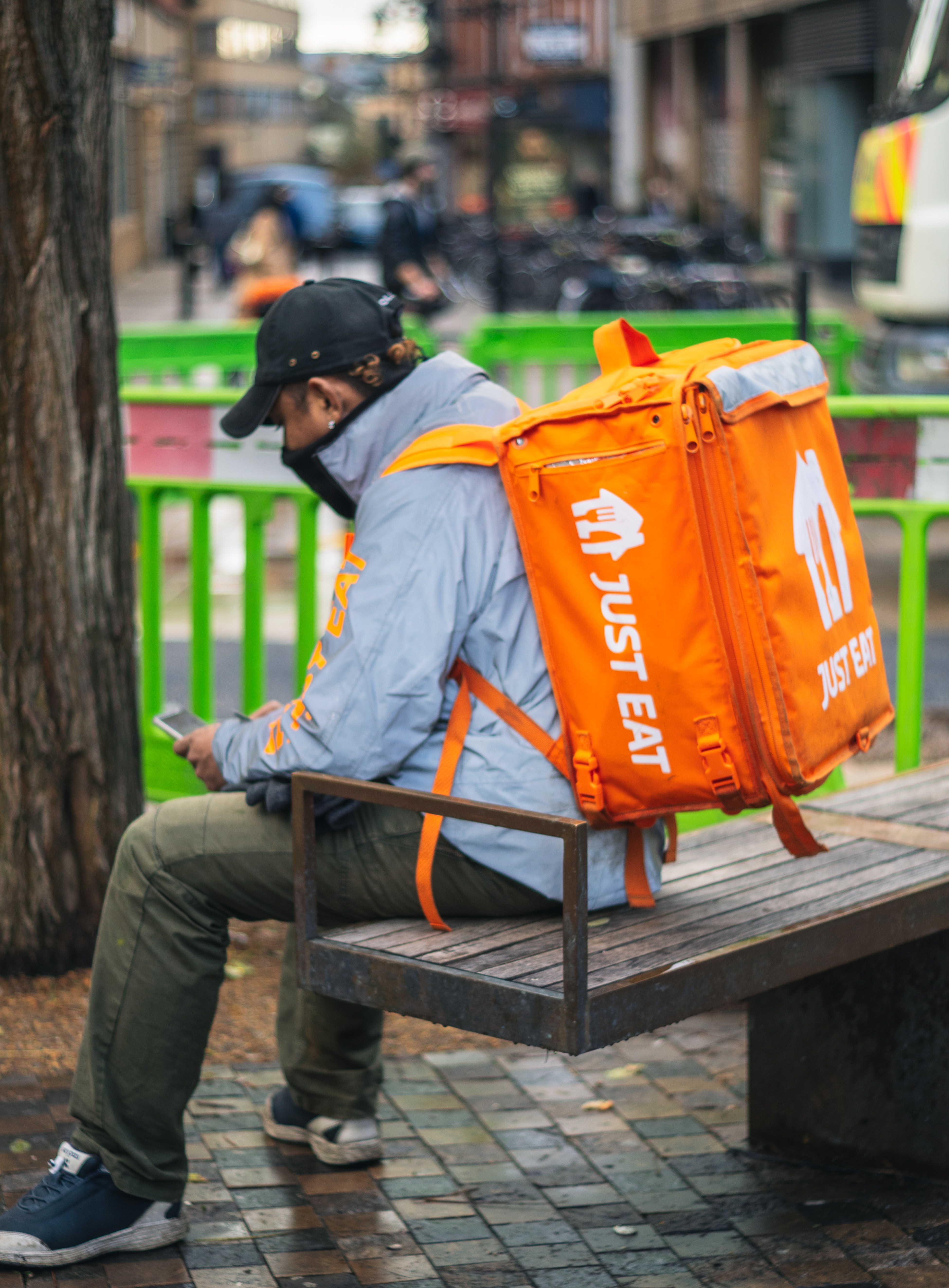If you’re somebody that has just been introduced to coeliac disease for the first time through someone close to you having it you may be wondering is a gluten-free diet something that they need to stick to for the rest of their life or is it something that where you can eat gluten once in a while?
Someone with coeliac disease needs to maintain a gluten-free diet on a consistent basis and cannot eat gluten every now and again as it will largely undo much of the effort associated with avoiding gluten. The reason for this is that it will affect a coeliac’s ability to absorb nutrients from the food they eat.
The reason for this is because the villi in the small intestine, which is where the food is absorbed can become irritated and lay flat which reduces the surface area that people have to absorb food enormously. As such the overwhelming advice that has been given is for coeliacs is to avoid eating gluten on a consistent basis.
However, it should be noted that there was a recent study in 2020 that did look at approximately 1400 patients that voluntarily ate gluten on a semi-regular basis that showed no significant negative effects, but the size and the length of the study is far too small to make any conclusions that contradict the current advice. There would need to be significantly more evidence presented over a long period of time to support a change in advice.

Is Cross-Contamination A Significant Issue For Coeliacs?
One of the most common concerns expressed by people who live with, and support coeliacs is the issues associated with cross-contamination. This fear of cross-contamination is typically heightened by the advice provided by health professionals upon diagnosis.
The general advice provided is that less than 20 parts per million of gluten is safe to consume. With that in mind, most health professionals generally recommend that you take a number of measures to reduce the chances of cross-contamination on the basis that consistent cross-contamination may result in celiacs inadvertently consuming more than the generally accepted safe level.
To manage this issue there are several steps that are generally recommended for coeliacs which are things like getting separate toasters, and buying separate margarine and spreads that are also used on gluten-free bread. Additionally, some people even recommend not cooking gluten-free food with gluten-containing food in the same oven.
However, a relatively recent 2019 study created three specific scenarios relating to cross-contamination to test the impact of common events that may occur in a kitchen where both gluten-containing and gluten-free foods are prepared.

The first scenario created looked at the effect of using a common toaster for both types of bread. The researchers found that when this occurred less than 20 parts per million of gluten was detected in the gluten-free bread despite the researchers observing a number of crumbs on the toaster.
The second scenario looked at cooking gluten-free pasta in water that has already been used for gluten-containing pasta. In that scenario, the level of gluten detected was 33 parts per million, however, when the pasta was rinsed with water the gluten level fell below 20 parts per million.
In the third scenario, the same knife and cutting board were used to cut cakes with and without gluten though in this case the kitchen implements were cleaned in between use, and in this case, there was no gluten detected.
This study seems to suggest that while it is important to be careful when preparing gluten-free food, as long as there are reasonable sensible steps taken to clean implements between dishes it is generally safe for coeliacs.

Is It Safe For A Coeliac To Eat Food That May Contain Gluten?
Many food producers that do not specialize in gluten-free products but have items that are inherently gluten-free typically will not explicitly state that they are gluten-free because it requires them to do additional testing and to make 100% sure there is no gluten at all.
As a result of this many companies put a general statement at the bottom of the ingredients list stating that products “May Contain Gluten” even if there is no gluten-containing ingredients in the product.
This is typically done on the basis that products are prepared using the same equipment and therefore they cannot guarantee that the product will be completely gluten-free. However, coeliacs eating this food will rarely have a problem because the equipment will normally be clean between product runs.
Additionally, the size of most batches typically means that any gluten that could possibly be present in the products is likely to be diluted down to trace amounts because of the size of the batches that are being made in most cases.
Therefore most dietitians and health professionals will advise that products that state that they may contain gluten will be safe to eat.
Relevant Articles
Does A Dishwasher Remove Gluten?
Does Gluten-Free Gnocchi Taste Different? Does It Have A Different Taste?

Comments are closed